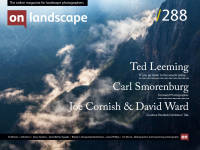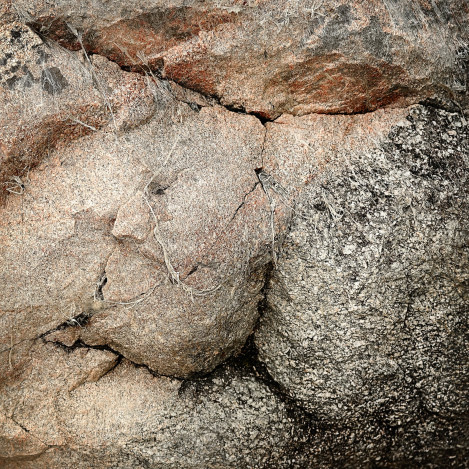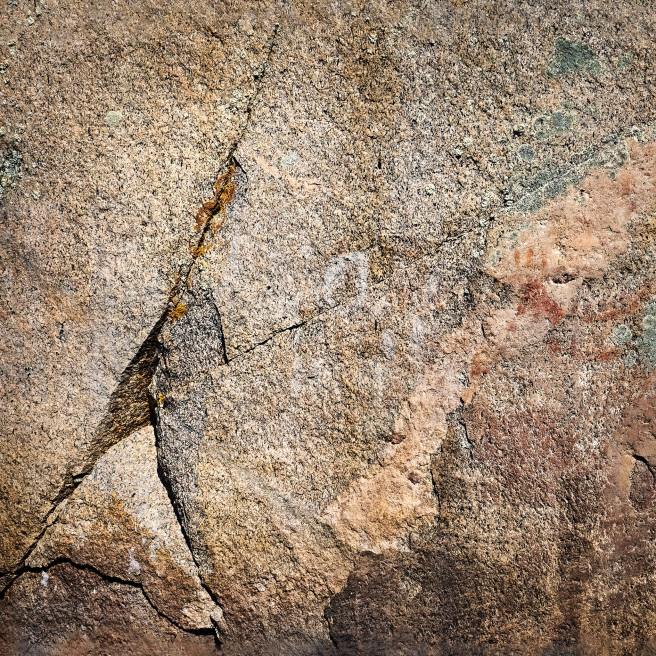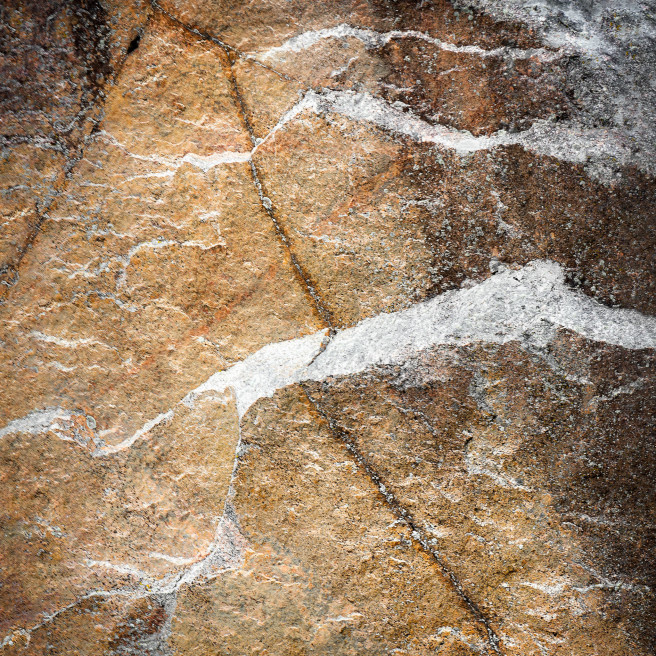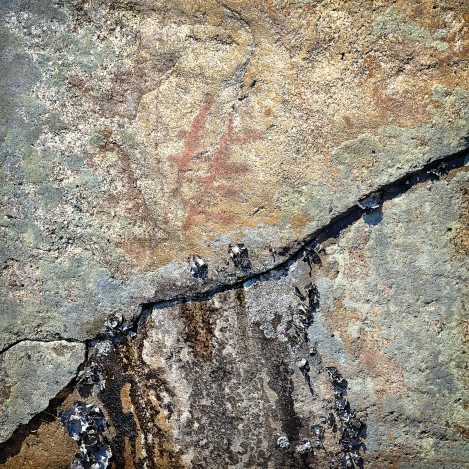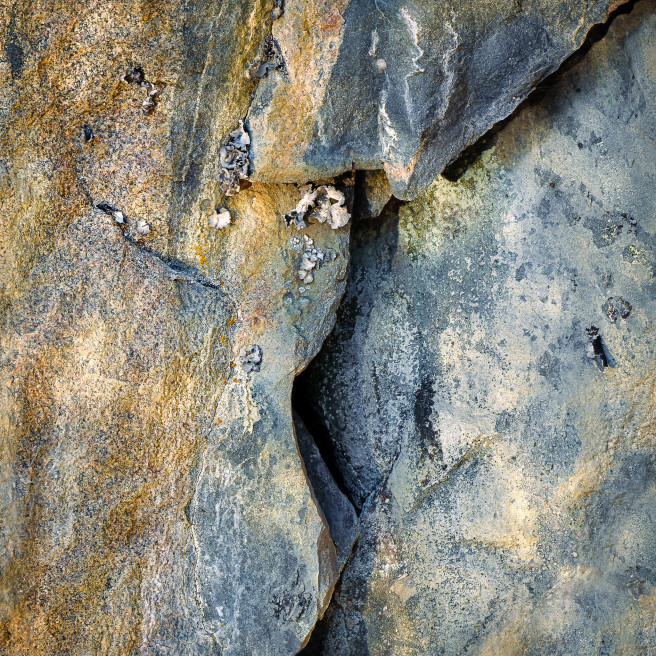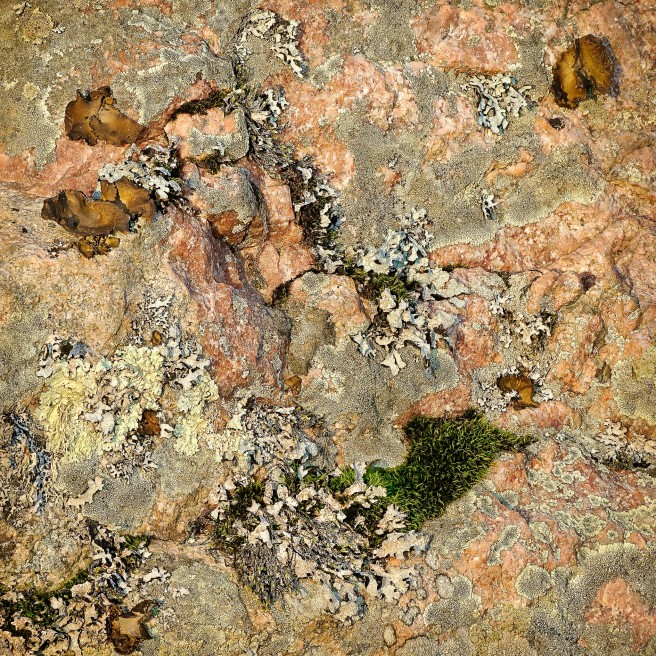Boreal Forest of Atikaki

Kerry Gordon
Kerry Gordon is an enthusiastic amateur photographer with a passion for philosophical reflection and, with his wife Philippa, canoeing in the remote backcountry of what is known as the Canadian Shield. His time in the natural world helps inform his everyday life, working from his home base in T'karonto (Toronto), where, as a psychotherapist, he helps people to connect more deeply and consciously in all their relationships.
These photographs were made in the boreal forest of Atikaki (land of the caribou), ancestral lands of the Anishinaabeg First Nation. A remote wilderness region of the Canadian Shield, Atikaki stretches west from the border of Ontario and Manitoba to Lake Winnipeg and is accessible only by bush plane and canoe.
It is important, when speaking of ancestral lands, that we not speak in the past tense. Simply because these lands were colonised and taken does not mean they belong to those who took them. The descendants of the original people, the Anishinaabeg, remain connected to the land both culturally and, most especially, spiritually.
My journeys into the backcountry of Atikaki began with the intention of deepening my connection with myself, my wife and life partner, and with the natural world. As the years passed, I felt a need to share some of these experiences with others.
What I wanted to share was not that we should care for these places because of all they have to offer us – beauty, solitude, open sky and water, forest, and wildlife. Those reasons speak only to my wants and needs. But the true reason to care for these wild places is because they are life. And there is no other reason to care for life beyond the truth of its being. In care, more than mere observers of the world, we become co-creative participants. I don’t come to the boreal forest to be in nature but because I am nature.
In Anishinaabeg tradition, the world is perceived as animate. There is no such thing as “dumb” matter. All things in existence are ensouled. A shaman’s drum is not a mere object with which to perform. It lives, animated with consciousness of its own. The drum isn’t simply played; it is the enactment of a relationship so profound that it becomes impossible to tell if the shaman is playing the drum or if the drum is playing the shaman. And so, once I began to make photographs, it slowly dawned on me to embrace the possibility that my relationship with my camera might be like the shaman’s relationship with their drum.
In this way, photography becomes, for me like a portal into deep connection. I am not simply using the camera as an object to do my bidding but enter into a relationship with them which requires that I listen, not just to what I perceive but what the camera perceives. The camera’s eye and my own – two different ways of perceiving that inform each other and offer insight into the nature of the world that I alone could not know.
Some of the photographs shown here include images of petroglyphs that indicate a sacred relationship between the land and those that moved with it. The waterways of the boreal forest served then as now, as arteries that allow for a profoundly intimate relationship with the land. And while I have no direct lineage connection to the Anishinaabeg or any other First Nations people, in the years that my wife and I have paddled our canoe, portaged our packs, or made our camp to rest for the night, we were always stirred by the spirit of those people who had been here before us. It was that spirit which ever drew us to show care and respect for where we found ourselves.
Time is a chimaera, and in our journeys along these waterways, it was often difficult to tell not only where we were but when. And indeed, we were aware that some of the campsites we occupied and many of the portages we walked were used by the Anishinaabeg and others for centuries before us.
The world speaks if only I care to listen. Therefore, it is with great appreciation and an open heart that I offer my gratitude to the Original People, the spirit of the land, and all those who cherish it.
Grandfather Speaks
In the beginning.
Before the coming of those that walk, swim, fly, or crawl there was Grandfather.
Before the stationary ones, the trees and plants that grow and even before the soil that nourishes them,
Four and a half billion years ago, at the beginning of time, there was Grandfather.
Grandfather is about creation.
In Grandfather we can see that creation did not happen sometime in the distant past
but is only this; the ever-unfolding now.
They teach us what it is to be: ever-changing and always the same – life is patience.
Neither drama nor performance, Grandfather teaches that creativity is
the practice of being present.
Grandfather is about memory.
They are the collected wisdom of eons passing.
Every striation, every crevice, every layer revealed, tells stories of when the earth was new
and always new again.
Grandfather abides.
Grandfather is about relationship.
All are welcome at their side.
Lichen come to draw the nutrient that creates soil for plants and trees.
Humans come with ochre to mark the doorways that lead to other realms.
Large and small, all that live are drawn to Grandfather’s solidity, assurance, and wisdom.

